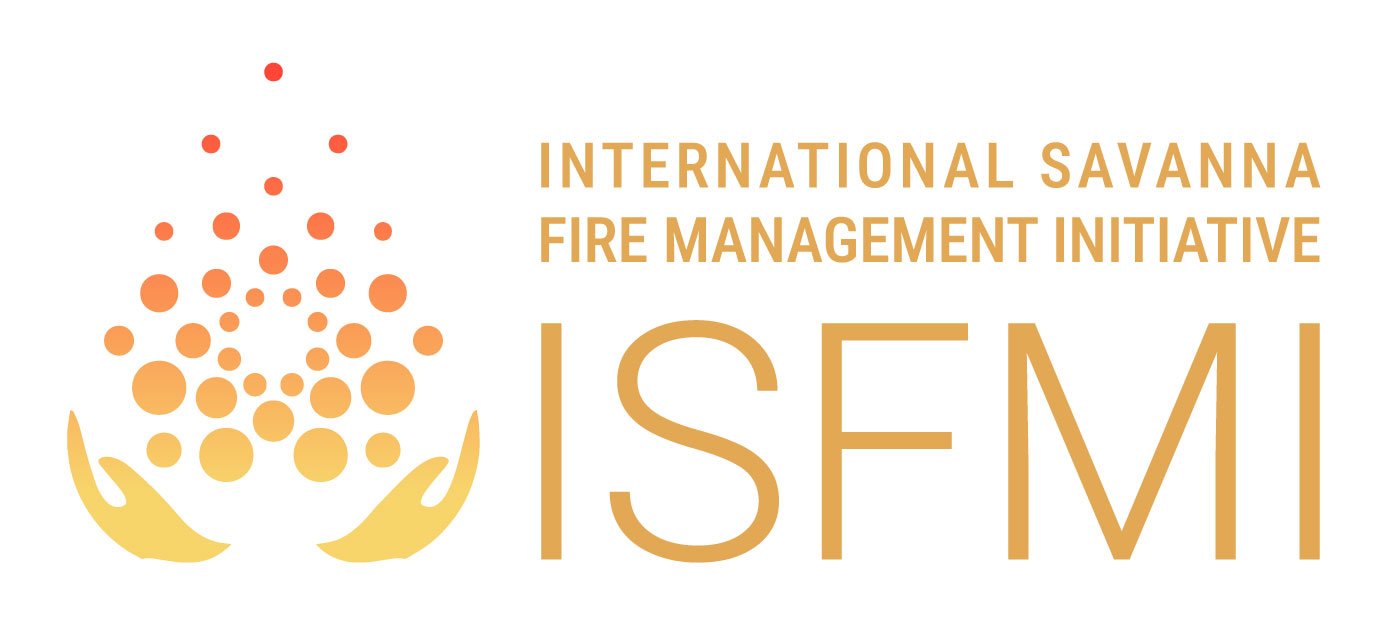Indigenous Fire Management sparks global interest at International Wildland Fire Conference, Brazil
International Wildland Fire Conference, Campo Grande, Brazil, 28 Oct – 1 Nov 2019
Indigenous Fire Management was of high interest at the International Wildland Fire Conference held recently in Campo Grande, Southern Brazil. The ISFMI was strongly represented at the conference, organising one of four Special Sessions, Savanna Burning Challenges and Opportunities, focused on Indigenous and formal institutional savanna/cerrado fire management issues in Brazil and South America generally, as well as on the global ISFMI program. The session was well attended, with around 200 participants. The special session was followed by a later technical meeting focusing on challenges and opportunities for establishing a Savanna Burning-type project in Brazil and a final ISFMI presentation to the conference plenary addressing the types of biophysical, community and institutional conditions that would make for a useful Brazilian Savanna Burning pilot or demonstration study. Some highlights of the programme are detailed below.
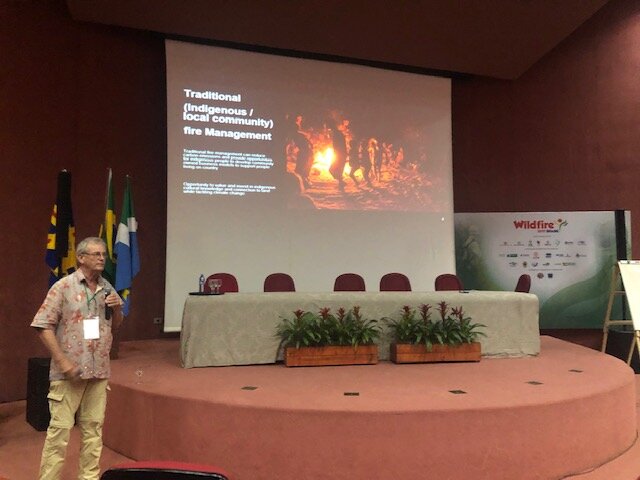
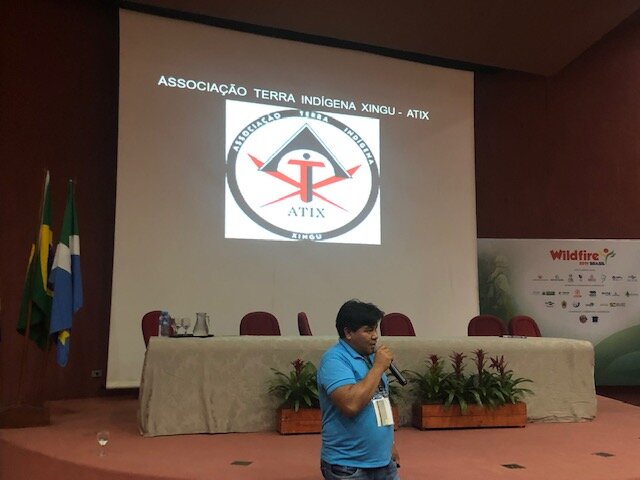
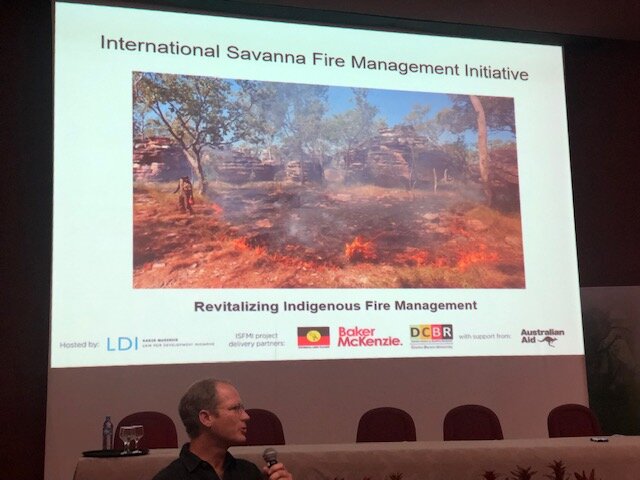
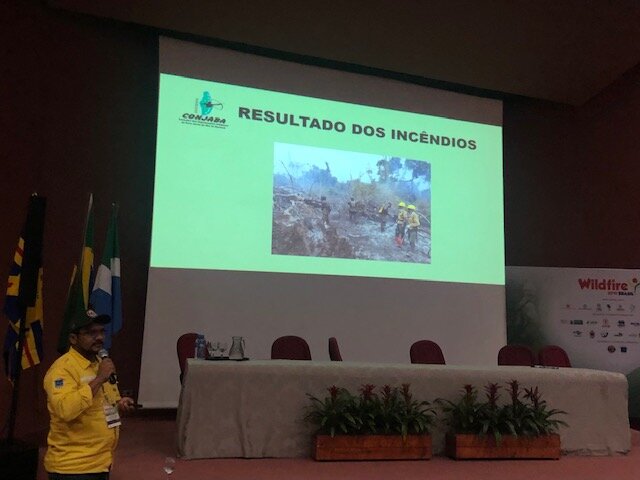
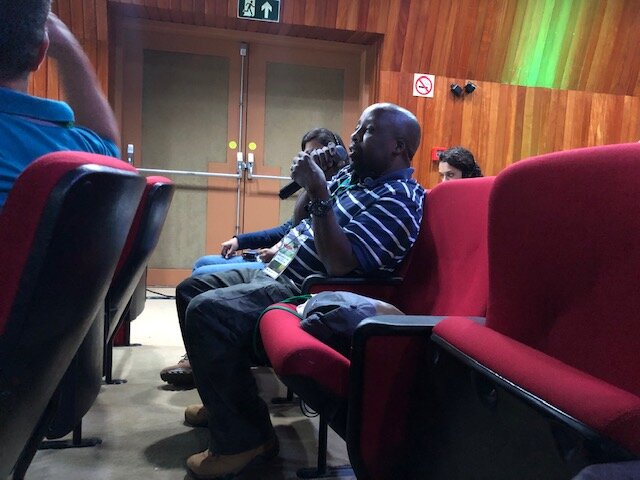
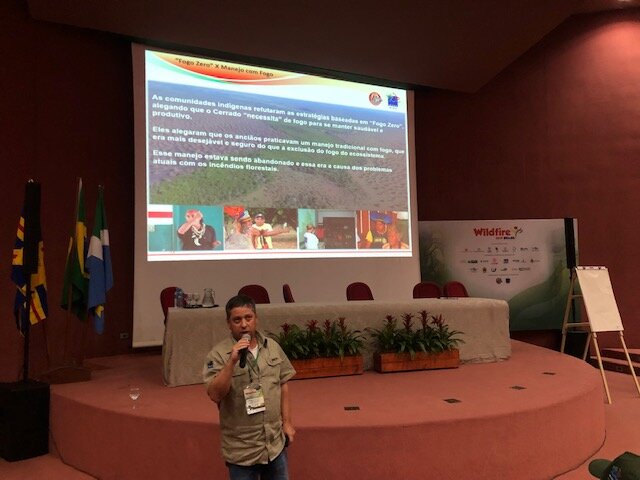
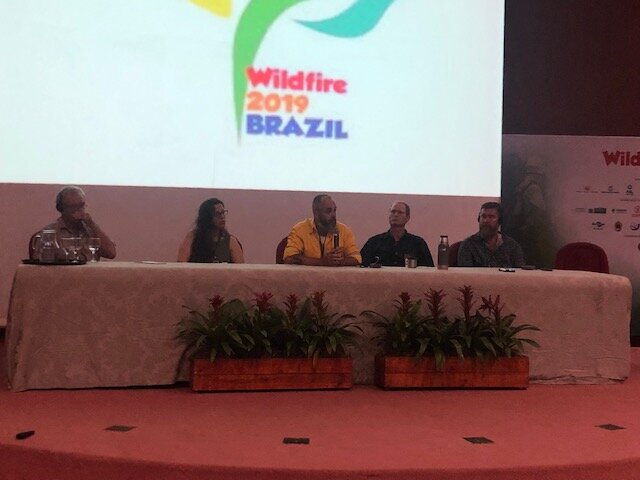
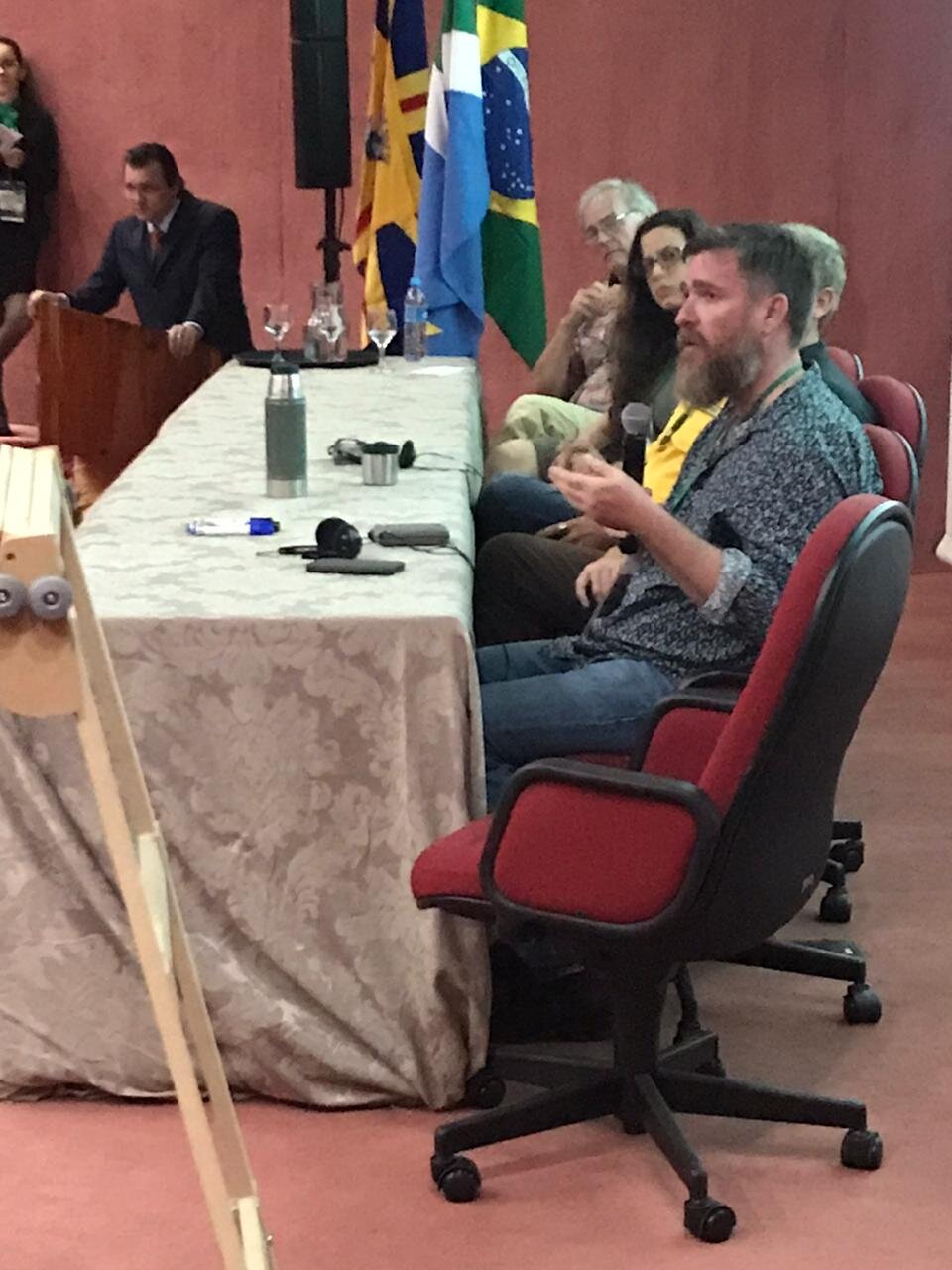

Special Session
· Rodrigo Falleiro (Brazilian Institute for Environment and Renewable Natural Resources (IBAMA), and Director of the Indigenous lands fire management program, highlighted the very substantial progress and successes that have been made in recent years in engaging with Indigenous communities especially in the cerrado—and the opportunities and challenges ahead for extending the program.
· Katia Onu (Socio Environmental Institute (ISA), Brazil) introduced the first of two Indigenous case studies, focusing on the Xingu who occupy extensive forested and cerrado lands adjoining the Amazon Basin. The main presentation was given by Tahugaki Kalapalo (Chairman, Xingu Indigenous Land Association (ATIX), Brazil), who outlined the many ways different Xingu communities use and manage fire both in traditional and contemporary contexts.
· Livia Moura (Institute for Society, Population and Nature (ISPN), Brazil) then introduced the second case study, focusing on the Javaé peoples who occupy the 1.4 million km2 Araguaia Indigenous Reserve, comprising transitional Amazonian, cerrado and pantanal lands in central Brazil. The main presentation was given by Vantuíres Javaé (Chairman, Javaé Indigenous Organization Council of the Ilha do Bananal (CONJABA), Brazil), who focused on contemporary fire management challenges, but including strong recognition of the community support given by the Brazilian Government’s Indigenous fire management program.
· Adriana Millan (Simon Bolivar University, Venezuela), representing Dr Bibiana Bilbao, introduced the community-based participatory philosophy underlying the Parupa fire management network that is being developed in Venezuela and adjoining countries.
· Christian Berlinck (Chico Mendes Institute for Conservation of Biodiversity (ICMBio), Brazil) described the very significant progress that has been made with implementing Integrated Fire Management in Brazilian Federal protected areas over the past five years
· Robin Beatty (321Fire Mozambique, and ISFM) provided an introduction to recent and current developments underpinning the ISFMI program
· Cameron Yates (Charles Darwin University, and ISFMI) described the technical underpinnings of the Savanna Burning methodology(ies) as applied in northern Australia
· Jeremy Russell-Smith (Charles Darwin University, and ISFMI) gave a brief overview of market-based approaches underpinning development of Savanna Burning projects in Australia—and by extension, potential application in other geographical contexts
Technical Meeting & Plenary Presentation
The technical meeting, organised by Livia Moura (Institute for Society, Population and Nature (ISPN), Brazil) and co-chaired by Anja Hoffmann (ISFMI), was originally intended as a closed meeting for invited participants only but, due to broader community interest, was organised as an open forum attended by more than 80 participants. Substantial discussion was given to the challenges faced by Indigenous communities in effectively addressing their specific fire management requirements and aspirations. While acknowledging the strong support provided by the Brazilian Government’s Indigenous lands fire management program, participants emphasised that greater attention and time needed to be given to community consultation and engagement processes to ensure more effective lasting outcomes.
Based on above discussions, Jeremy Russell-Smith and Warley Rodrigues (Director of Protected Areas, Naturatins, State of Tocantins, Brazil) provided a presentation to the plenary outlining landuse, community, institutional and conceptual characteristics that have underpinned successful application of Savanna Burning projects in Australia, noting the equivalent characteristics that could underpin development of pilot activities in Brazil.
About the International Wildland Fire Conferences
The International Wildland Fire Conferences were launched in 1989. The conferences aim to facilitate the sharing of knowledge and expertise in wildland (landscape) fire policies, research, management and capacity building in an international forum that will strengthen the abilities of individual nations to reduce the negative impacts of landscape fires on the environment and humanity; and to advance the knowledge and application of the ecologically and environmentally benign role of natural fire in fire-dependent ecosystems, and sustainable application of fire in land-use systems.
